Energy Efficiency and Retrofit in Historic Buildings
Historic England has produced a new Advice Note to provide clarity and support consistent decision-making for proposals to reduce carbon emissions and improve the energy efficiency of historic buildings whilst conserving their significance and ensuring they remain viable places to live in the future.
The links below lead to technical advice and guidance on climate change mitigation and adaptation for resilience, including energy efficiency, retrofit and Net Zero.

Traditional Buildings
Understanding how buildings of traditional construction perform is essential to minimise risks when proposing energy efficiency measures
Whole Building Approach
A holistic process for devising and implementing suitable, well-integrated solutions for increasing energy efficiency in traditional buildings.
Improving Energy Efficiency
Advice on how to improve energy efficiency through mitigation measures.
Improving Climate Resilience
How you can make climate change adaptations to historic buildings.
Modifying Windows and Doors
How to improve the energy efficiency of windows and doors without damaging their historic significance
Installing Insulation
Advice on improving energy efficiency through insulation in historic buildings.
Installing Heat Pumps and Heating System
Advice on installing air, ground and water source heat pumps in historic buildings.
Installing Solar Panels
Guidance on designing and installing solar power systems.
Low and Zero Carbon Technologies
Reaching net zero requires reduction of emissions across the whole of the country including historic properties.
Maintenance and Repair
Good maintenance and repair of historic buildings is fundamental to their preservation and performance.
Rainwater Goods
Functioning rainwater systems are essential to keep a building in good condition and prevent deterioration caused by water penetration.
Flooding Advice
How to inspect, conserve and repair historic buildings after flooding, as well as ways to prevent flood damage in the first place.
Click here to find out more.
Installing a clay tile roof: a step-by-step guide by Dude & Arnette
Clay tile roofs are a popular choice due to their durability, aesthetic appeal, and ability to withstand all sorts of weather conditions. If you’re considering going full steam ahead on the DIY and installing a clay tile roof yourself on your home, it’s important to understand the process involved so as to best avoid any casualties! In this step-by-step guide, we will outline the process of installing a clay tile roof to help make things as smooth as possible, or decide that you might need to call in a professional!
Click here to read the full story.

Becket's Chapel - an abridged account of the last two years in its long history...
Becket's Chapel, a Grade I listed building in Wymondham, Norfolk, stands out as one of eight national climate adaptation case studies backed by Historic England. The project has also been selected as a 2025 Regional Finalist in the Civic Trust Awards in the AABC Conservation category. Winners will be announced in early January.
Patricia Forero, AABC-accredited architect and director of The Architect Studio in Cambridgeshire, takes up the story.
Click here to read the full story.
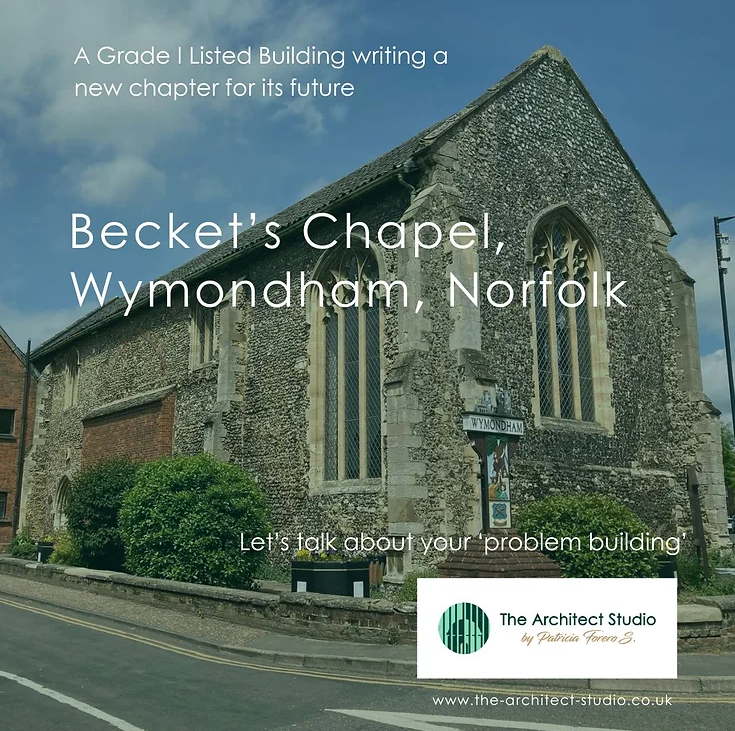
Energy: Economic, Environmental & Efficiency Improvements
There are some relatively easy steps which will cut your church's use of electricity and gas/oil, and your utility bills.
Download the guidance for advice about adjustments to your radiators, heating system and lighting as well as 'soft' changes such as cushions and draught-proofing.
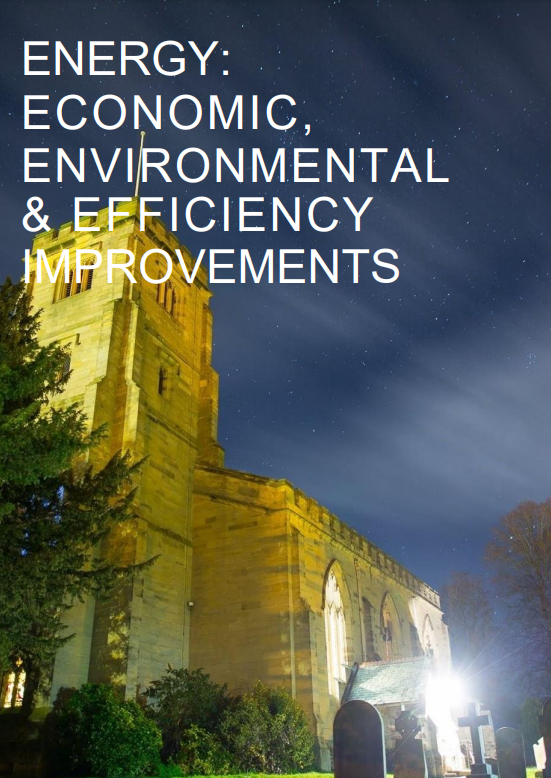
How urban mining can help reach net-zero goals
When considering the heritage buildings of the future, the carbon footprint not only of the buildings in operation, but also the process of construction and the building’s life span – from design, through construction to demolition. An innovative, circular approach is emerging that has the potential to reduce the environmental impact of construction significantly: urban mining. Here, traditional brickmakers Michelmersh explain the process and its advantages.
Click here to read the full story.
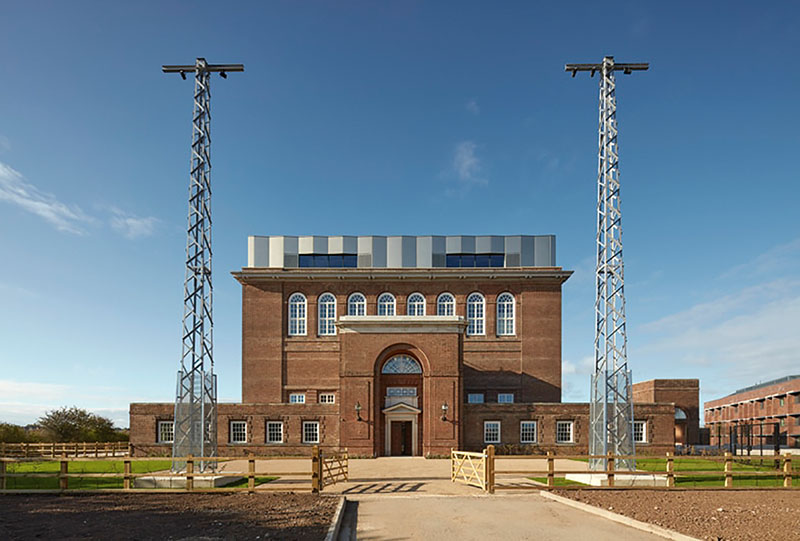
Luceco lights up Luttrellstown Castle
Luttrellstown Castle Resort near Dublin is a luxurious venue for elegant hospitality and entertainment, combining the original 15th century castle, 567 acres of parkland, and a championship golf course with an alpine lodge-style clubhouse. It is the perfect location not only for golf, but also for weddings, garden parties, business meetings and conferences.
Click here to read the full story.

Specialist glazing units help period buildings stay ahead of the curve
Curved-in-plan glazing units have been around for some time, but over recent years there has been a significant surge in their popularity. The curved shape matches both contemporary and heritage aesthetics, creating a sense of flow and continuity. Internally, they help to enhance a feeling of light and spaciousness.
Click here to read the full story.

Radiator heating project completed at St Mary’s Church in Walkern
The ChurchEcoMiser team completed a 22 radiator church heating installation project at St Mary’s Church in Walkern. In August of 2021 the ChurchEcoMiser team started work at St Mary’s church in Walkern. The original heating system was installed towards the end of the 19th century and needed updating.
Click here to read the full story.
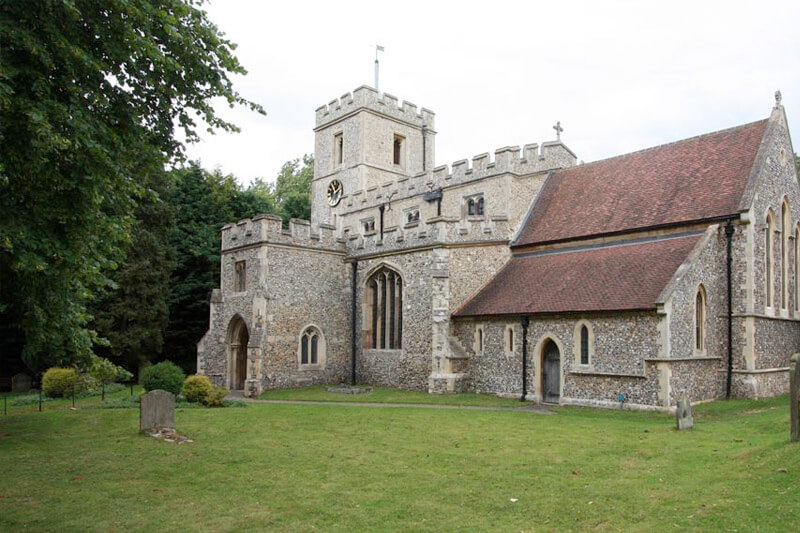
Heating installation completed at St James Church, Midhopestones
The ChurchEcoMiser team completed a church heating installation project at St James Church in Midhopestones.
The church had a low pressure coal fired heating system installed in the refurbishment of 1892 which fell into disrepair in the 1980’s. For the last 40 years, the church had been heated with an industrial warm air unit sited in a room adjoining the east end of the church but this reached the end of its natural life.
Click here to read the full story.
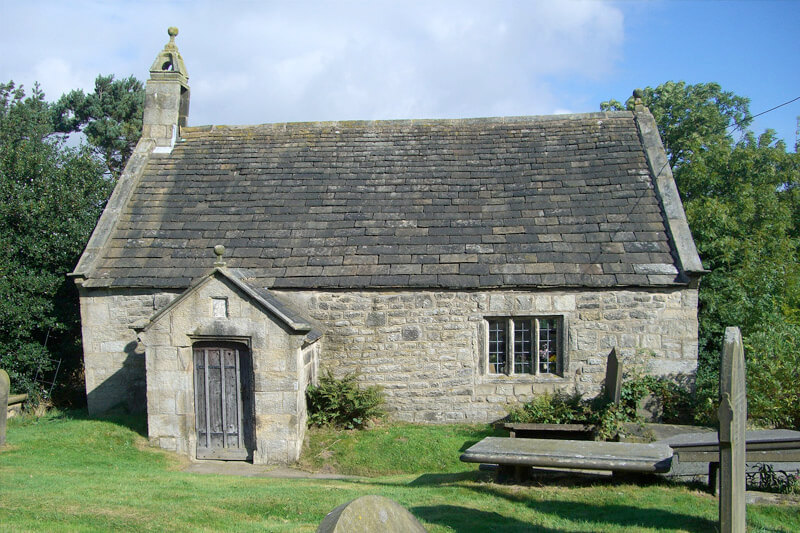
Parishioners at St Matthew’s are seeing things in a new light!
CLS Electrical Services Ltd – also known as Church Lighting Systems – were given the task of updating the existing lighting system in St Matthew’s Church in Worthing, which mostly consisted of tungsten halogen floodlights providing the main illumination throughout the church. Not very energy efficient!
Click here to read the full story.

Integration of ancient and modern is the aspiration
Low carbon consultancy MTA is a practice that specialises in the sympathetic conservation of culturally significant buildings during the integration of modern services.
With over 20 years of experience, the team at MTA have a comprehensive understanding of the complex rivalry between historical architecture and modern comfort. With an aspiration to ‘repair rather than replace’ they aim to preserve the historic fabric of these important structures.
Click here to read the full story.

Michelmersh to produce the world’s first 100% hydrogen fired clay bricks
Michelmersh has announced its successful bid to the Department for Business, Energy & Industrial Strategy (BEIS) UK Government, Industrial Fuel Switching competition to conduct a feasibility study to replace natural gas with hydrogen in the brick making process. The programme is part of the £1 billion Net Zero Innovation Portfolio (NZIP) which aims to provide funding for low-carbon technologies to decreasing the costs of decarbonisation.
Click here to read the full story.

Leading brick maker reiterates its sustainability goals
Clay brick specialists the Michelmersh Group has released its 2021 Sustainability Report. The report offers an insightful and detailed account of Michelmersh’s established sustainable practices and its plans for achieving net zero carbon emissions by 2050.
Click here to read the full story.

Shedding some light on the new Part L Building Regulations
A major part of the UK’s commitment to meeting its targets for carbon reduction is being driven by a tightening of the Building Regulations surrounding energy efficiency standards for homes. Here, Stella Rooflight Director, Paul Trace, addresses the new rules for rooflights and thermal performance including why they are needed.
Click here to read the full story.

Creating light beautifully with Clement Conservation Rooflights – the best for energy efficiency and more
Whether you are looking to renovate a period property, update your home or office, or transform a new space, creating the right amount of interior light is always a major consideration and a rooflight can often be crucial in enabling daylight to flood into a lower level room, an attic or even a peculiarly shaped corner.
Click here to read the full story

A fabulous new space created for this much loved theatre
The Progressive Players were founded in 1920. In 1939, founding members Ruth, Sylvia and Hope Dodds generously provided the money to purchase a vacant site facing Saltwell Park, together with adjoining No.3 Saltwell View, and build the Players’ own theatre.
Click here to read the full story




























